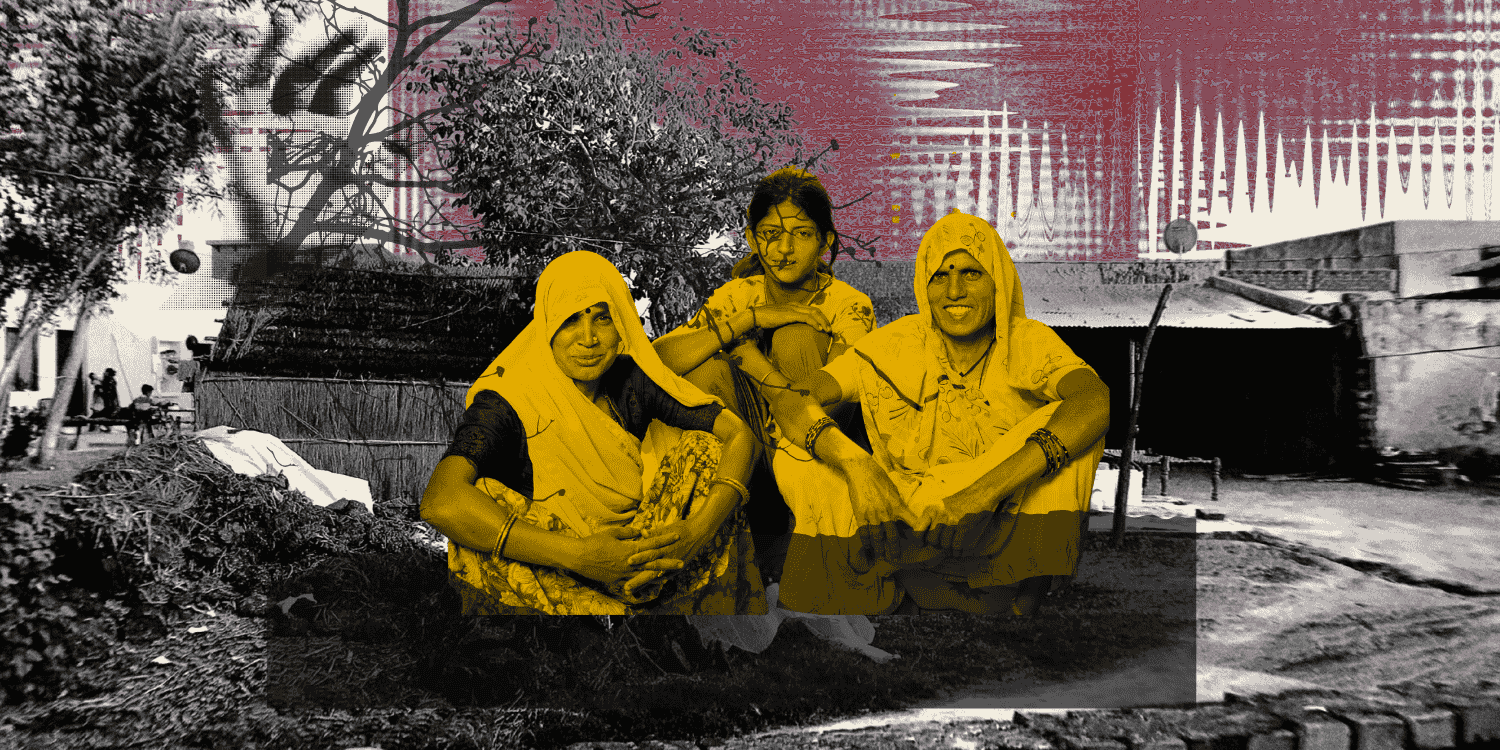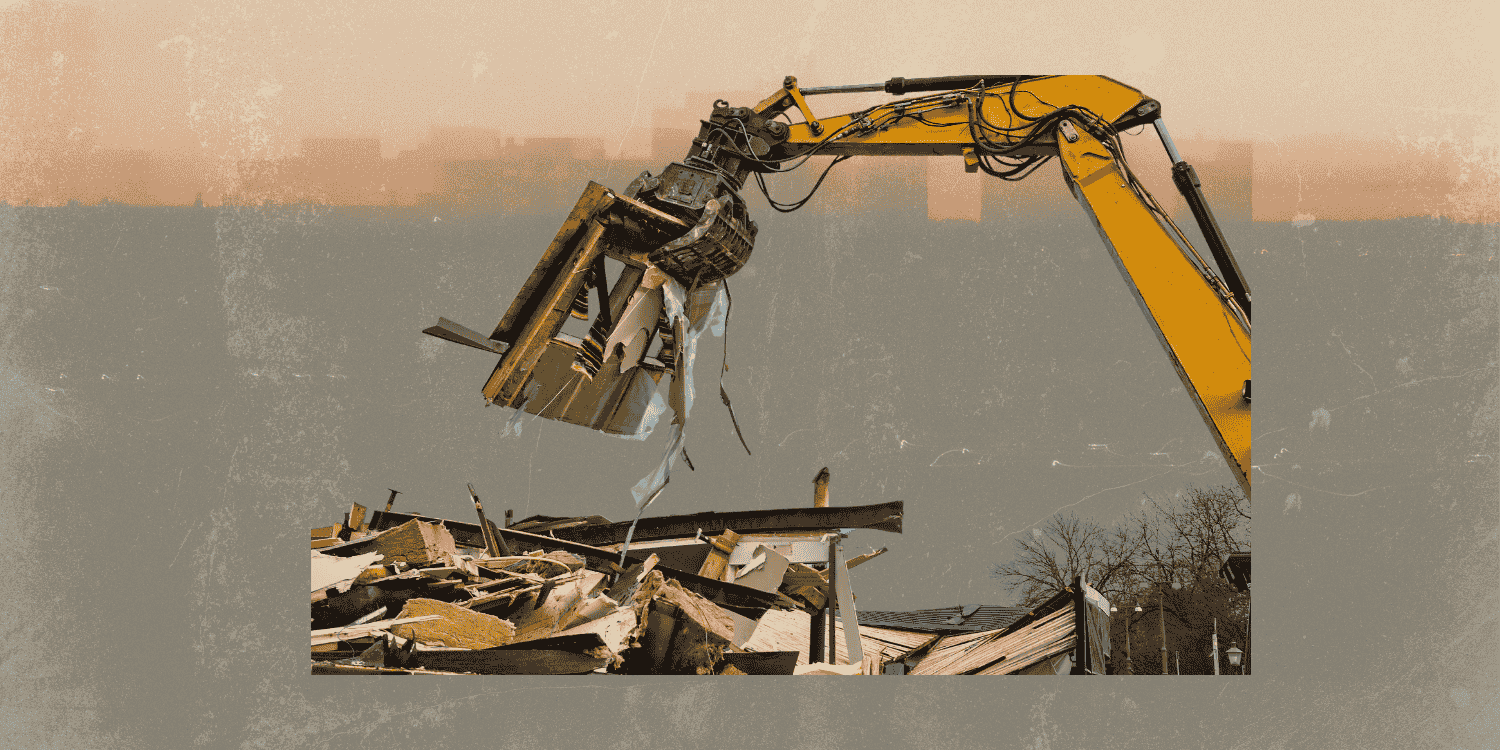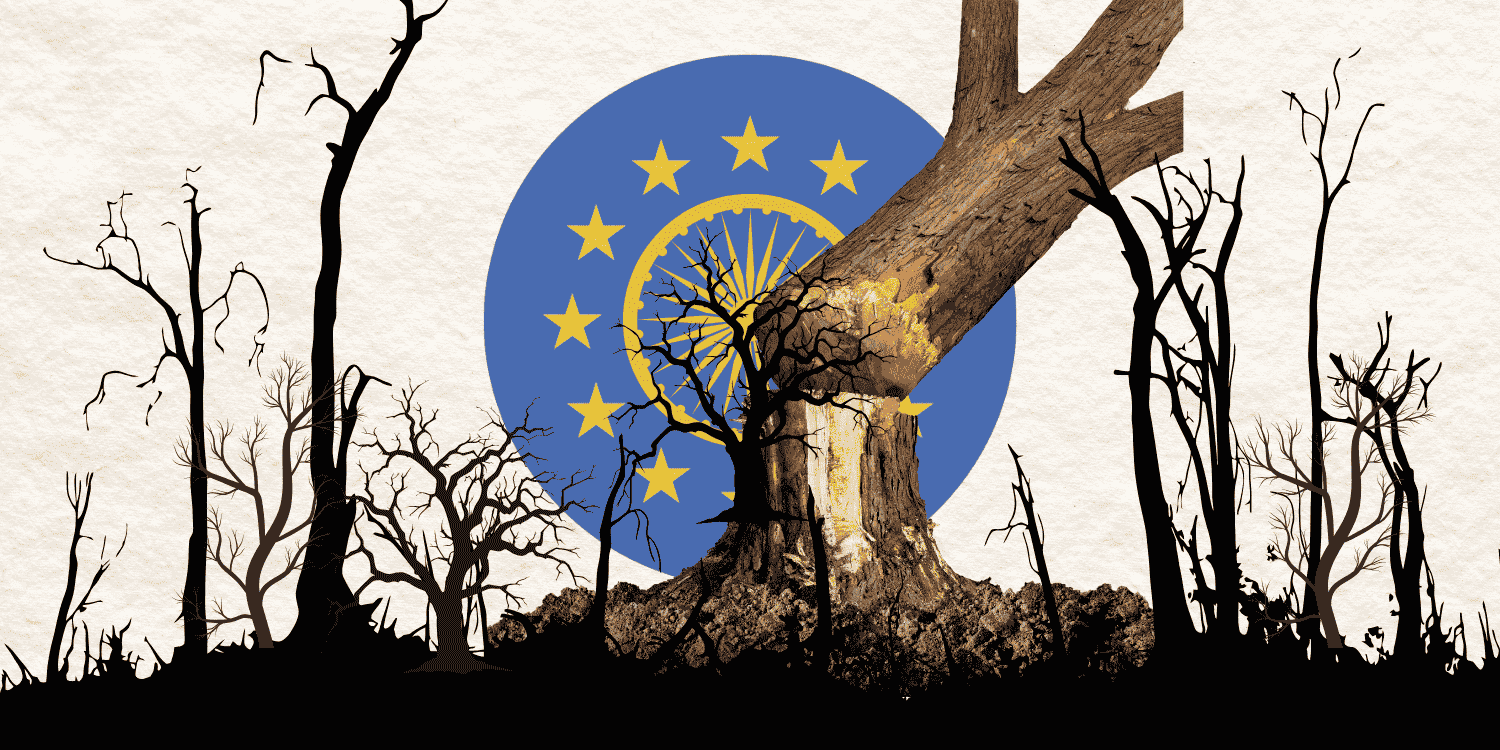ABSTRACT
Tribal communities in India are some of the most vulnerable social groups despite having a special status guaranteed by the Indian Constitution. Being at the margins both in the demographic and socio-economic sense, they experience extreme inequalities, especially in their access to healthcare. This Issue Brief attempts to locate these tribal communities in the public health paradigm. It also looks at the disproportionate nature of health inequalities between tribal and non-tribal populations by assessing the differentiated disease burden and longstanding socio-economic barriers to utilizing health care services in tribal regions.
CONTEXT
India spent 1.28 % of its GDP in 2017-2018 on healthcare, while the global average spent is around 10% (National Health Profile 2019: XIV, World Health Organization 2019: 11). With 65-70% of costs borne by the consumer, out-of-pocket expenditure on healthcare dominates the cost financing (Rao 2018). Historically, health in India has primarily been understood in a biomedical sense, excluding any non-biological correlates such as access to secure livelihoods, adequate food and nutrition, housing, safe drinking water, and sanitation, among others. However, in order to build a robust public health system, the socio-economic aspects that impact health needs to be addressed adequately to make public healthcare equitable and accessible to all.
According to the 2011 Census, tribals constitute 8.6% of India’s total population. Notably, 40.6% of the listed Scheduled Tribes live below the poverty line. This Issue Brief attempts to locate the position of the tribal community in India’s public health paradigm. It specifically highlights the disparity in access to healthcare and the disproportionate disease burden on Adivasis, given that they remain trapped in a vicious cycle of intergenerational health poverty.
ADIVASIS IN PUBLIC HEALTH POLICIES
An entrenched misconception dominating the health paradigm is that the health requirements of tribal populations fall under the purview of rural health. Although Adivasi communities indicate some demographic similarities to rural communities, they vary in terms of language, livelihood, ecological setting, culture and social stratification — reflecting very different health needs.
The Report of the Expert Committee on Tribal Health in India, jointly produced by the Ministry of Health and Family Welfare and the Ministry of Tribal Affairs, is the first report that has collated data on the comprehensive position of tribal communities in the health paradigm. As noted in the report, the National Health Policy (2017) recognizes the inequalities in health indicators between states — especially in secluded tribal areas — and puts requisite emphasis on an increased role of states and the private sector for raising health awareness.






